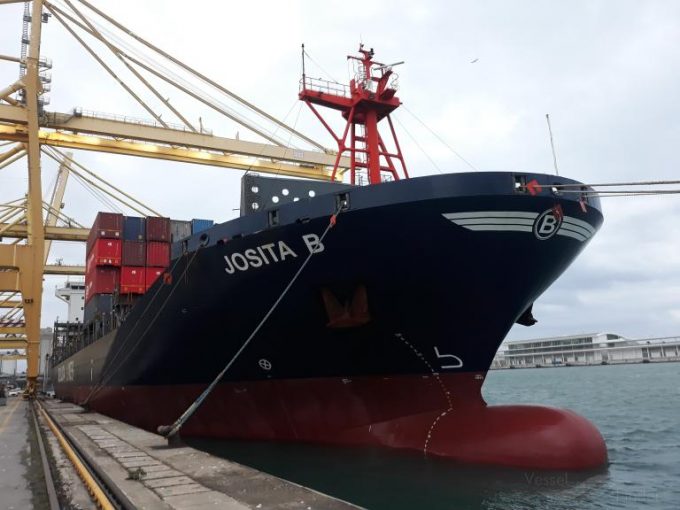More luck than judgment? Top 10 box lines enjoy elusive balance
Something of a sweet spot?

The number of newbuild ultra-large container vessels (ULCVs) temporarily idled off the Chinese coast is growing with Asia-Europe carriers forced to halt plans to cascade incumbent ships to other trades.
Alliance partners are reportedly experiencing considerable resistance from partners to the phasing in of the 24,000 ...
MSC switches two more Asia-Europe port calls from congested Antwerp
Canada and Mexico get cosy with trade plan to bypass US
Front-loading frenzy has made traditional H2 peak season 'unlikely'
Tradelanes: Export boom in Indian sub-continent triggers rise in airfreight rates
Carriers introduce surcharges as congestion builds at African ports
Mexican airport modernisation plan unlikely to boost cargo facilities
Tradelanes: Overcapacity on Asia-S America impacting alliances and rates
Ports and supply chain operators weigh in on funding for CPB

Comment on this article